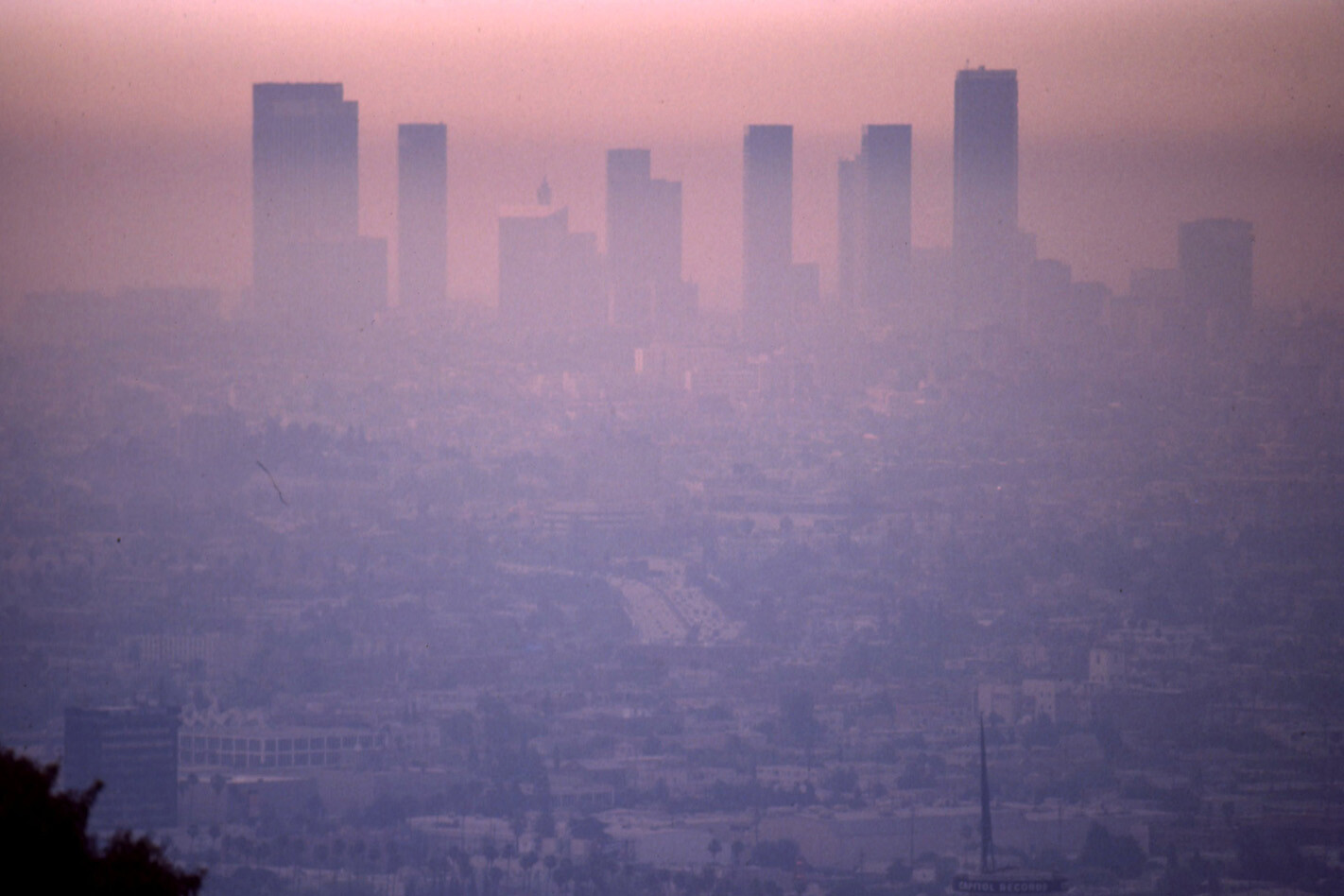You’ve probably heard of a catalytic converter and know that they make cars a little friendlier to the environment, but what exactly are they?
f you’ve ever been told by your mechanic that your catalytic converter needs replacing,
Catalytic converters, or ‘cats’ for short, are not cheap, but why are they so pricey when they’re just a relatively small component of your exhaust system, and one with no moving parts either? Why are they so important anyway? Allow us to explain the mysteries of the catalyst…
Catalytic converters started to become standard-issue in road cars around the mid-1970s, with being of the first to adopt them, but they didn’t become commonplace until leaded petrol began to be phased out in the 1980s. The reason for that is simple: the gas that results from burning leaded petrol essentially destroy the catalyst’s ability to clean up exhaust emissions.
The main factor driving their adoption was the world’s slow realisation that vehicle emissions were literally choking the population and doing terrible things to air quality and the environment.
The picture above is of the Los Angeles skyline in the mid-1970s, and it’s hard to miss the thick brown haze enveloping the city and suburbs. That’s smog, back then it was mostly caused by vehicle exhaust. Acid rain was another unwelcome byproduct of emissions too, as smog interacted with the atmosphere and changed the chemical make-up of rain water.
Enter the catalytic converter. By passing the engine’s exhaust gas over a surface coated with certain ‘noble’ metals that react to harmful emissions (and subsequently catalyse, or change, them into less-harmful gasses), a catalytic converter is able to scrub a significant amount of a car’s harmful emissions.


